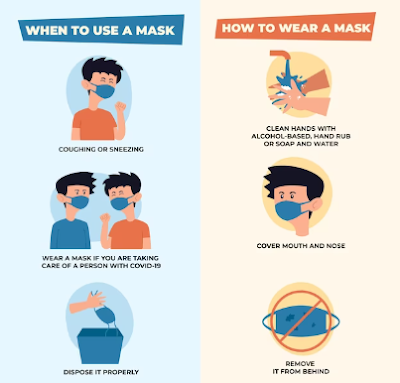Beware of Blood Infection in Newborns, Get to Know Neonatal Sepsis
Healthy - Neonatal sepsis is a blood infection that occurs in newborns. This infection can cause damage to various organs in the baby's body. WHO estimates that around 3 million babies worldwide die from neonatal sepsis each year.
Neonatal sepsis is generally caused by a bacterial infection. However, in certain cases, neonatal sepsis can also be caused by viral and fungal infections. If not treated, this infectious disease can cause disability and death in infants.
Symptoms of Neonatal Sepsis
Symptoms of sepsis in infants tend to be non-specific. This causes babies with sepsis to be mistaken for other disorders, such as pneumonia or brain bleeding.
When exposed to neonatal sepsis, infants may experience the following signs and symptoms:
Decreased or increased body temperature (fever)
- Baby looks yellow
- Throws up
- Weak and unresponsive
- Not willing to breastfeed
- Diarrhea
- Swollen belly
- The heartbeat becomes fast or slow
- convulsions
- Pale or bluish skin
- Hard to breathe
- Low blood sugar
- Read More: Beware of Blood Infection in Newborns, Get to Know Neonatal Sepsis
Causes of Neonatal Sepsis
Based on the time of infection, neonatal sepsis in infants is divided into two, namely:
Infection occurs during delivery (early onset)
Neonatal sepsis that occurs after delivery is caused by a bacterial infection originating from the mother's body, such as Group B Streptococcus (GBS), E.coli, and Staphylococcus. This infection can occur in a short time, namely 24-72 hours after delivery.
Apart from bacteria, the herpes simplex virus (HSV) or other viruses can also cause severe infections in newborns.
The risk of this type of neonatal sepsis is higher if your little one is born prematurely, has infection of the placenta and amniotic fluid, and is born to a mother who has premature rupture of membranes more than 18 hours before delivery.
Infection occurs after delivery (late onset)
Occurs within 4–90 days after birth. The germs that cause this infection often come from the environment, for example Staphylococcus aureus, Klebsiella, and Pseudomonas. Apart from bacteria, Candida fungi can also cause sepsis in infants.
The risk of contracting this type of neonatal sepsis will increase if your little one stays in the hospital for a long time, is born prematurely, or is born with a low weight.
Management of Neonatal Sepsis in Infants
If your little one has neonatal sepsis, treatment must be started as soon as possible. Babies with neonatal sepsis need to receive strict treatment and evaluation at the hospital. Not infrequently, babies affected by neonatal sepsis need to undergo treatment in the baby ICU or NICU.
Read More: Danish Researchers Find Thousands of New Viruses in Baby Diapers
During hospitalization, babies with neonatal sepsis will be given antibiotics and closely monitored by doctors. Antibiotics can be given for 7-10 days, if no growth of germs is found on examination of blood cultures or cerebrospinal fluid.
If bacteria are found in the examination by the pediatrician, antibiotics can be given for up to 3 weeks. Meanwhile, if neonatal sepsis is caused by the HSV virus, the baby will be given the antiviral drug acyclovir.
Apart from being given medicines, the doctor will also monitor the baby's vital signs and blood pressure, as well as carry out a complete blood count. If the baby's body temperature is unstable, he can be placed in an incubator.
Neonatal sepsis is a serious condition and is still one of the leading causes of death in infants. Therefore, pregnant women need to carry out routine pregnancy checks to the doctor or midwife
In addition, make sure pregnant women are assisted by professional health workers during labor. With examination and treatment as early as possible, your little one will be prevented from the risk of neonatal sepsis.













